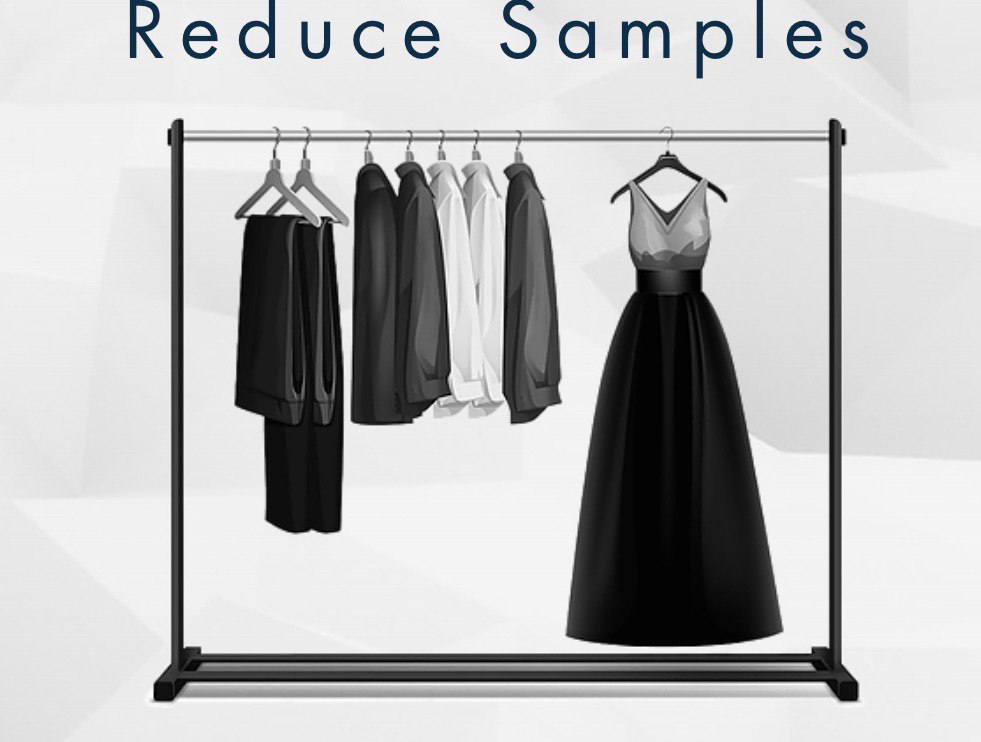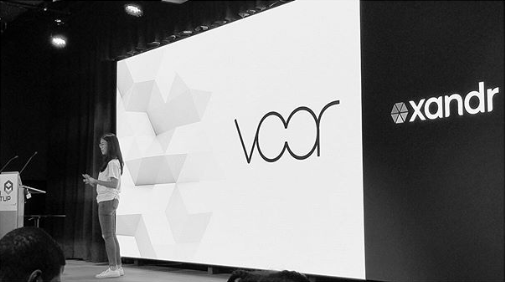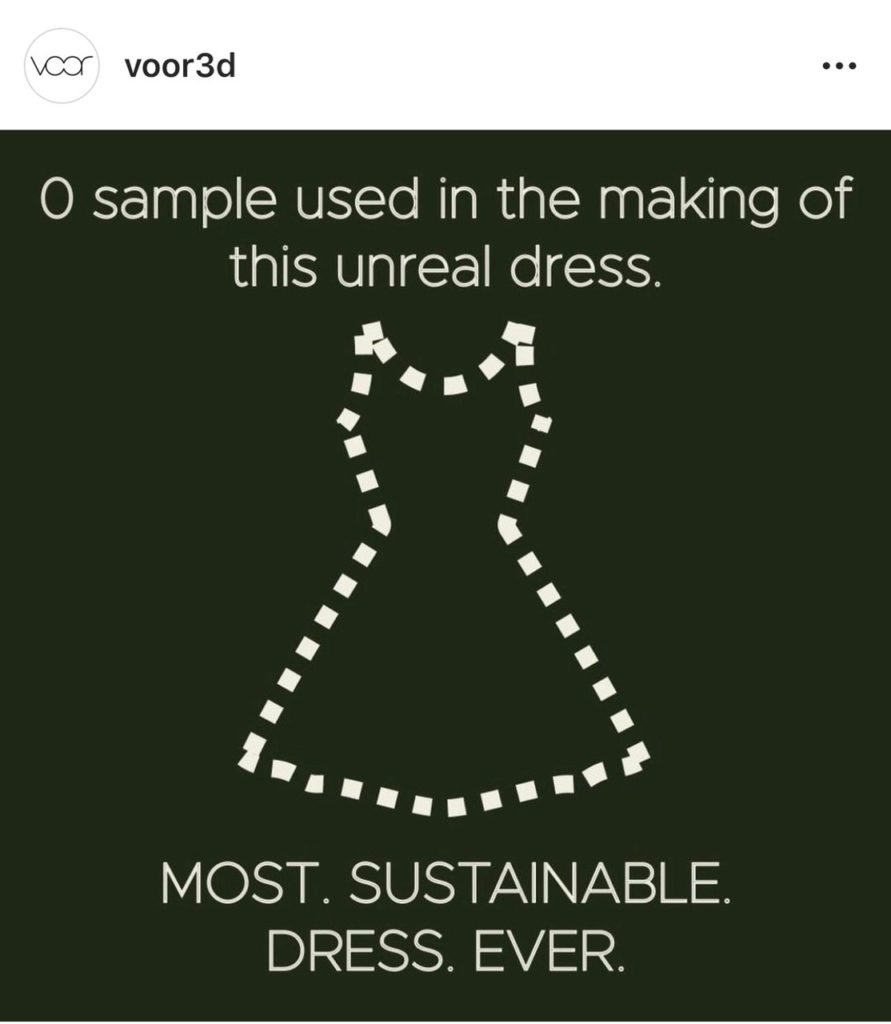
January 29, 2020 was a usual day, when, as I often do, I posted stories on Instagram. Though, among others, there were two featuring virtual fashion show project. I captioned it as “Fashion show of the future”.
Back then I neither could imagine that this future would come a couple of months later with a global pandemic challenge to the industry.
Today in the #postlockdown reality with lots of restrictions the wave of digital fashion weeks covered London, Moscow, Milan and other cities as it is an only way to “make it possible” within the current conditions. The level of digitalization of the brand events and projects also varies from the traditional online show to fully virtual reality including digital models and the showrooms.
To go deeper into the rapid digitalization and, in particular, into the virtual reality development process in the fashion industry I talked to Tracy Wong @chui__chui , a founder of @voor3d tech startup, integrating the virtual reality digitalization into the companies.
Now Tracy is based in New York for the past 6 years but before The Big Apple, she lived in the Bay Area, California, close to Silicon Valley, where she grew up after moving from Hong Kong.
Her professional background is impressive. In 2011 she was one of the featured designers at the San Francisco Week in the avant-garde section and was reported by CBS as one of the best-emerging designers. However, back then she did not pursue her own label but went on to work for other companies as a designer for over 10 years before going into merchandising and product development.

During that time, with 5 other co-founders, I co-founded a fashion tech online media startup that reports and writes about all things fashion tech-related. Mainly wearables at the time because fashion tech then isn’t even industry on its own. – says Tracy.
- How did you come up with the idea of Voor3d?
When I first started my career in fashion, I wasn’t as aware of its huge environmental impact as I am now. In one of my previous jobs working for a 4 billion dollar transnational corporation, I saw staggering waste first hand, and I was the one contributing to it. Not good.
I saw staggering waste first hand, and I was the one contributing to it. Not good
And I’m just talking about pre-consumer wastes here. But besides wastes, the inefficient, siloed ways in which the industry works has always been a complaint of mine. At the time, a good friend of mine became SVP for another VR company, and we raised the question: Can we use VR digitization to solve fashion’s many problems at the same time? Almost a year and a half later, here I am.
Can we use VR digitization to solve fashion’s many problems at the same time? Almost a year and a half later, here I am.
- What is the Voor3d about?
Voor is about changing the fashion business model to be synchronous, agile, and truly sustainable.
- Who are the Voor3d clients?
At the moment, we’re aiming to change the industry one brand and designer at a time. They would be new emerging designers and brands who want to start off with a clean, digitized operation, or existing small to medium-sized brands working towards an agile business model.
- How do you think the fashion industry will get changed according to the global pandemic?
It’ll definitely never be the same again. According to McKinsey and Company, the time for fashion companies to go digital is now or never.
According to McKinsey and Company, the time for fashion companies to go digital is now or never.
Even before the pandemic, fashion was already on the verge of a major shift. The resistance to that change has always been the long time professionals who have been doing things the same way since dinosaurs roamed the earth. The extreme complexity of the fashion industry is also another barrier to change. If one team or one party along the supply chain adopts a change, that needs to be accepted simultaneously across the board. During this crisis, a lot of people have lost their jobs or saw their bank accounts shrink. Retailers going out of business at an alarming rate. Which means, for the brands who are able to survive, they’ll need to find a way to turn a higher margin while selling less.
Retailers going out of business at an alarming rate. Which means, for the brands who are able to survive, they’ll need to find a way to turn a higher margin while selling less.
Rules of economics will say either raise the price, sell more, or cut cost, but neither of the first two choices will help in the impending recession

- According to mentioned challenges how the Voor3d might be helpful?
If our solution is fully embraced to replace the traditional process after design, brands can reduce time, cost, and pre-production waste at least by 50%. The brands can also market this true embodiment of sustainability as targets streamlining and eliminating waste as opposed to eco-friendly materials or recycled materials, as no materials are 100% sustainable.
- Is it easy-use by brand consumers too?
At the moment we’re strictly B2B, targeting the pre-production process. Future plans to cater to B2B2C will be possible once the current solution has been stably adopted.
- To use the Voor services is only possible if the brand has an offline showroom or the design can be created from scratch?
Brands don’t need to have an offline showroom. Matter of fact, our core principle is to eliminate waste and reduce cost and time by digitizing things and processes that can be digitized and streamlined. Therefore, we don’t require anything physical in the virtualization process, whether they are the physical showroom or physical samples. All assets are rendered from scratch.
- How does the virtual showcasing impacts consumer behaviour? Are they ready to buy in an absolute virtual way?
At the moment, we’re strictly B2B and do not cater to the consumers. But virtual showcasing can facilitate higher consumer engagements to help drive conversion rates. At the current state, I do not think the consumers are ready to buy in a fully virtual way.
But virtual showcasing can facilitate higher consumer engagements to help drive conversion rates. At the current state, I do not think the consumers are ready to buy in a fully virtual way.
There are some that still prefer to see the actual product and try it on. Then there are also certain categories that you don’t want to buy virtual, such as wedding gowns. And if we’re talking about virtual as in VR, the adoption and availability of headsets have not reached critical mass. That’s why we’re focused on B2B, as businesses do not buy like normal consumers.
- Will the shift to virtual showcasing rise up the brand digital marketing budget costs?
If the power of digital is harnessed correctly, it should LOWER the digital marketing cost and time. A few obvious reasons are that brands do not need to hire actual models and utilize actual samples when creating contents.
- What approach is Voor going to use in order to keep the brand stylistic identity while transitioning to the virtual space?
Contrary to the notion that the absence of physical aspects would take away from brands’ identities because after all, brands are selling tangible products; the absence of physical aspects actually removes boundaries to allow greater creativity in conveying the brands’ identities. We like to remind brands that because we’re working with all digital assets, nothing is bound by real-world physics, the showroom/environments that we make can be anything to unleash a brand’s identity.

Thank you, Tracy, for the informative interview! Indeed, due to the unexpected challenges reasoned by a global pandemic, there are many brands, even big and iconic ones, that could just have disappeared. Some of them are currently in the bankruptcy process, some still are afloat but going towards it, struggling to find an innovative way for business development. As it was mentioned by Tracy Wong the fashion companies have to gain momentum now or never, otherwise, their slowness can cost a high price.

